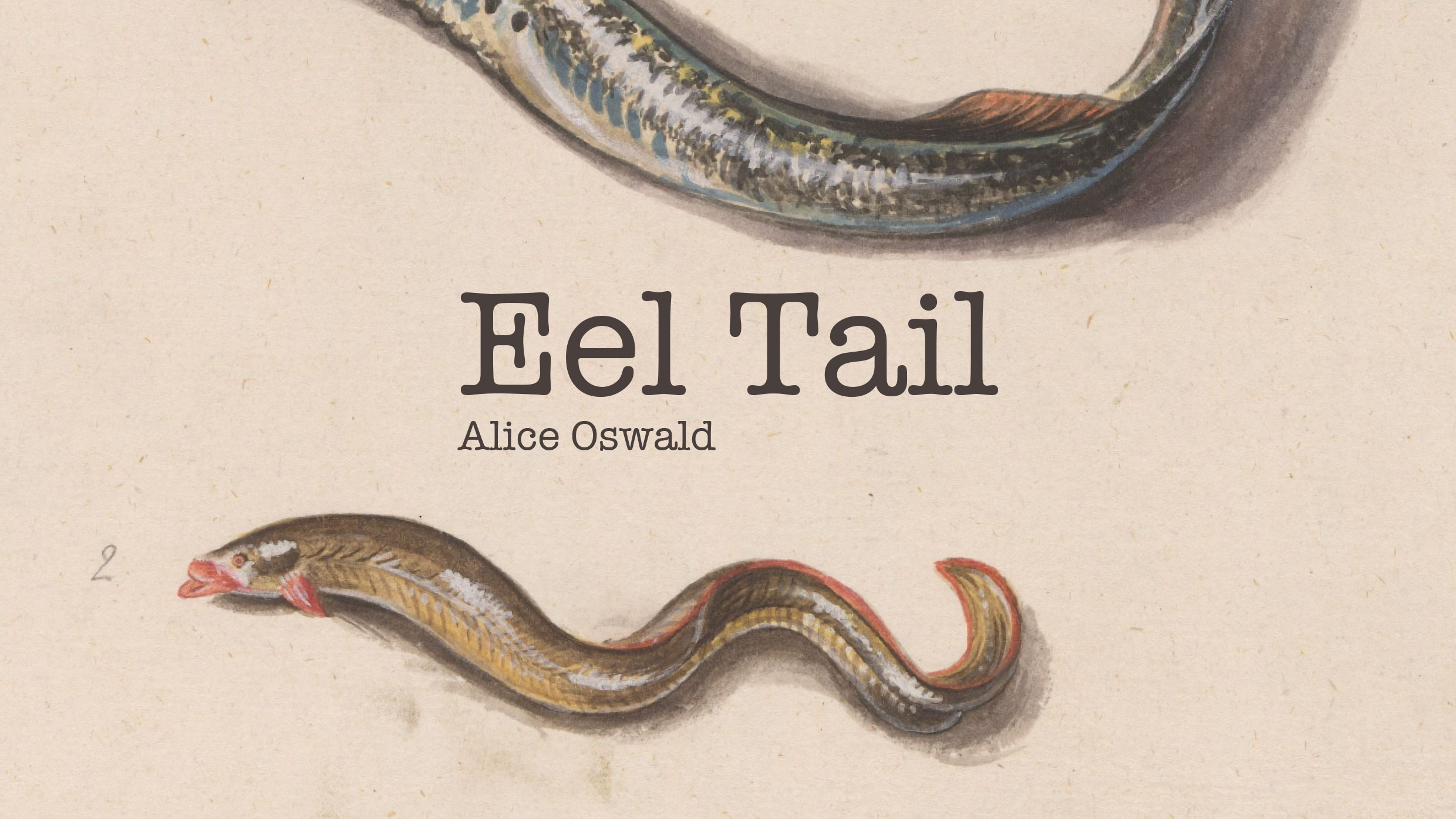are various types of fish across the world.,…T.Such a weird poem, but so good! “Eel Tail” by Alice Oswald is grotesque and beautiful at the same time, encouraging us to reflect on our own complex origins and the underlying processes of nature.
This post includes a breakdown of the stanzas, an insight into the speaker + voice of the poem, and an exploration of the poem’s central ideas. It’s is only a quick overview to help you get to grips with the poem; you can access a complete in-depth analysis of the poem, plus tasks, exercises and essay questions via the links below.
VOCABULARY
- Mudfish – ‘mudfish’ are various types of fish across the world. All are semi-amphibious, living in the mud of wetlands, swamps and springs
- Roping and wagging – verbs that connote the movement of the eels, they move like ropes or wag back and forth like tails
- Preliminary – the first stage of something
- Aloofness – unfeeling, cold and distant
- Unmoon – a word that Oswald seems to have invented here, the prefix un-meaning ‘opposite’. We could take this to signify the darkness of shadow that the light of the moon does not touch. This is the world that the eels inhabit
- Chapped – cut or broken
- Underlurkers – creatures that lurk under something
- Eddies – the swirls of water that catch when it flows
- Rooves – the tops of buildings (a roof)
- Limbless – without limbs, without arms or legs
- Smirk – a grin
- Penumbra – the slightly lighter part of a shadow, where it meets the light
- Dwindle – to disappear or diminish, as in a dying light or flame
- Waning moon – a moon that is disappearing
STORY/SUMMARY
Sometimes you can see mudfish, those short eels that look like bars of lead, that hide at low tide, those roping and wagging creatures that were there at the beginning, before the world was even formed, cousins of the moon who love blackness, being cold and distant who always move under the cover of shadows cast by the moon, and then as soon as you see them, they’re gone again – they make untranslatable hissed interruptions with unspeakable wide chapped lips, it sounds like the wind again, swearing at the water and when it clears
You keep looking and looking for those creatures that lurk under the mud, those uncontrolled little swirls of water that happen when you lift up the rooves of their muddy houses, and see them there lying without hair or limbs, looking like the bends of a huge plumbing system, sucking and sucking the muddy water of the marshes, and sometimes it’s just a smile of ripples and then as soon as you see them, they’re gone — they make untranslatable hissed interruptions with unspeakable chapped lips, it sounds like the wind again, bothering the reeds that grow around the water, and when it clears
You keep looking for those backlashes, those waterwicks, you keep finding those sea-veins still flowing, they look like little cables of shadow, vanishing dream-lines, long roots of the shadow’s edge, but they just drill down into the stoney mud and disappear, quick as drops, and then as soon as you seen them – they’re gone – they make untranslatable hissed interruptions with unspeakable wide chapped lips, it sounds like the wind again, pushing on your ears and when it clears
sometimes you see that whip-thin tail that looks like a disappearing moon start burrowing back into blackness. Then as soon as you see her as soon as you say that you saw her, she’s gone –
SPEAKER/VOICE
The speaker of the poem employs direct address (‘sometimes you see mudfish…’), starting out with a conversational style which speaks directly to the reader about her experience of watching eels wriggling in muddy water. These creatures, who should be repulsive because of their slimy, writing movements and neutral colours, fascinates her. Yet, their behaviour and the thoughts that they evoke as she watches them arouse excitement and curiosity in her instead.
Thanks for reading! You can buy our detailed study guide here if you’re studying this particular poem.
This includes:
- Vocabulary
- Story + Summary
- Speaker + Voice
- Language Feature Analysis
- Form and Structure Analysis
- Context
- Attitudes + Messages
- Themes + Deeper Ideas
- Key Quotations
- Extra tasks / possible essay questions














